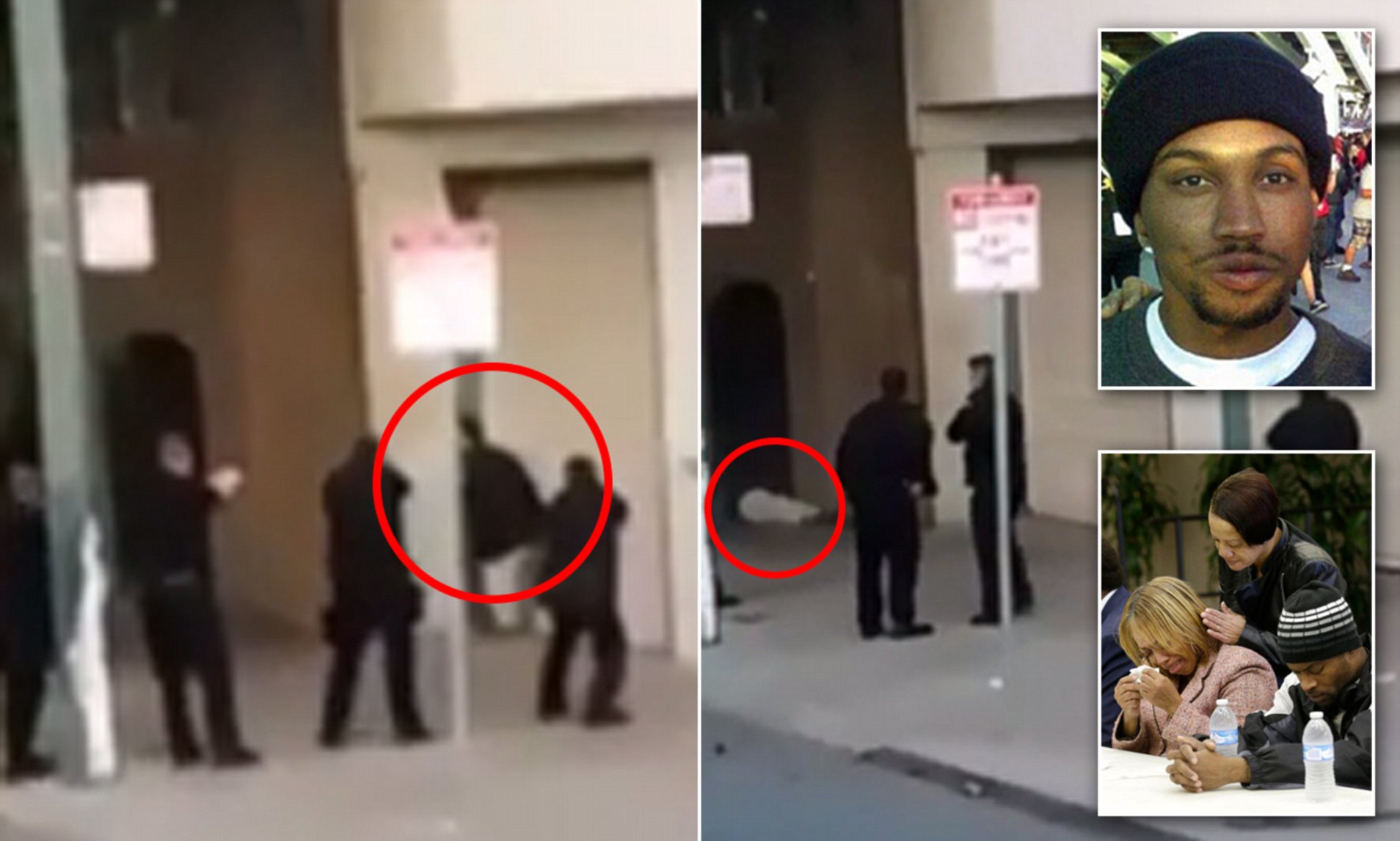States
Layers Of Racial Tension The Mario Woods Tragedy And San Francisco Path To Justice

San Francisco racial tensions were exacerbated by Mario Woods killing five years earlier. After 50 years Woods December 2015 police shooting sparked long awaited changes.
Woods a young African American guy symbolized injustice like George Floyd for many in the community. On his birthday police enforcement institutional prejudice was highlighted.
Police said that Woods had just attacked a lady and was holding a bloody knife when they approached. The conflict ended with cops firing over 20 bullets killing Woods.
Cellphone video of the event sparked large demonstrations hunger strikes and Police Chief Greg Suhr removal. No charges were filed against the police despite public uproar.
San Francisco police have historically brutalized African Americans as Woods killing showed. In September 1966 a Hunter Point officer shot Matthew Peanut Johnson in the rear killing him.
Oscar James recalls Johnson wrongful shooting which prompted almost a week of turmoil. Protests led to police skirmishes property destruction and National Guard involvement.
Hunter Point celebrity Marian Jones recalls the turmoil including the bullet riddled aftermath and the horrifying police shooting into a community center full of youngsters.
Like Mario Woods killing 1966 events highlighted San Francisco police enforcement racial tensions. Former mayor Willie Brown was a young Hunter Point attorney fighting for justice.
Hunter Point disturbance brought much needed attention to the community problems leading to more youth activities and jobs. Jones emphasizes that development has been sluggish and still has more to do.
San Francisco made significant changes following Mario Woods death. Many police personnel received de escalation training reducing officer involved shootings.
San Francisco Bayview Supervisor Shamann Walton promises further improvements. He supports shifting the police budget to social initiatives to fight systematic racism.
Community support is crucial to policy change and Walton urges supporters to act against racial injustice.
Mario Woods killing highlights the continuing fight against police enforcement racism in San Francisco and nationwide. His sad death has galvanized the battle for police equality and accountability.
Mario Woods legacy shows the persistence of communities seeking justice and institutional change in San Francisco which still struggles with racial conflict.
Rising Protests And Government Response for Mario Woods death
Mario Woods death sparked a justice struggle in San Francisco. Massive demonstrations by citizens activists and supporters demanded police brutality and systematic racism accountability. George Floyd case revealed law enforcement countrywide racial injustice problem.
Some government leaders supported reform while others opposed it. Police Chief Greg Suhr departure was a major capitulation to public pressure indicating a desire to address the concerns. However the cops absence of charges in Woods killing disillusioned many with the legal system.
The demonstrations boiled over like Hunter Point decades previously. The National Guard deployment showed the gravity of the situation by recalling civil rights movements. Despite the government efforts protests for Mario Woods justice became stronger in San Francisco and abroad.
Read Also: Combating Racism In Black Maternal Healthcare: A Preventable Tragedy
Community Mobilization And Grassroots Efforts
Community leaders and grassroots groups organized to fight systematic racism and police violence after Mario Woods killing. Neighborhood gatherings and grassroots efforts brought San Francisco most disenfranchised populations together to demand change.
The establishment of community policing initiatives sought to create trust between law enforcement and the societies they serve. These accountability and transparency projects attempted to reconcile police marginalized community relations.
For police violence victims grassroots groups led resource and assistance activities. These programs provided legal assistance and mental health services to confront racial injustice and help needy individuals.
The community and allies support showed the strength of collective action against structural racism. Through solidarity and cooperation grassroots movements paved the way for genuine change in San Francisco and beyond.
Policy Advocacy And Legislative Reform
After Mario Woods death government officials called for legislative amendments. Public outcry prompted elected authorities to propose many laws to combat systematic racism in law enforcement and the criminal justice system.
One such change was obligatory de escalation training for police to reduce public confrontations with force. In this training officers learned communication and conflict resolution strategies to manage stressful situations without violence.
Advocates also sought civilian oversight committees to probe police misbehavior. These boards of community people and legal professionals added scrutiny to enhance law enforcement openness and accountability.
Policymakers relentlessly advocated and legislated to remedy San Francisco law enforcement agencies institutional racism and racial unfairness. Despite advances many believe absolute equality and fairness for everyone still need significant effort.
Continued Challenges And Progress
San Francisco still faces systemic racism and police violence notwithstanding Mario Woods killing and subsequent changes and community efforts. Persistent challenges need ongoing efforts to create sustainable change.
Law enforcement racial prejudice is a problem. Despite unconscious bias training and legislative improvements police profiling and discrimination continue destroying confidence among communities of color.
Racism and socioeconomic status interact to worsen police and criminal justice inequities. Aggressive police and over policing perpetuate poverty and imprisonment in low income and minority areas.
These issues demand a diversified strategy beyond legislative and policy improvements. It requires a commitment to dismantle oppressive structures and support community led equity and justice solutions.
San Francisco must emphasize the perspectives and experiences of systemic racism and police brutality victims going forward. Populations and grassroots efforts will shape the future ensuring changes are founded on disadvantaged populations needs and ambitions.
The killing of Mario Woods highlights the continuing fight for racial equivalence in San Francisco and beyond. It urges community people to unite and demand structural change. We can only create a future where everyone regardless of color or ethnicity is treated with decency justice and respect by joint work and unshakable devotion.













You must be logged in to post a comment Login